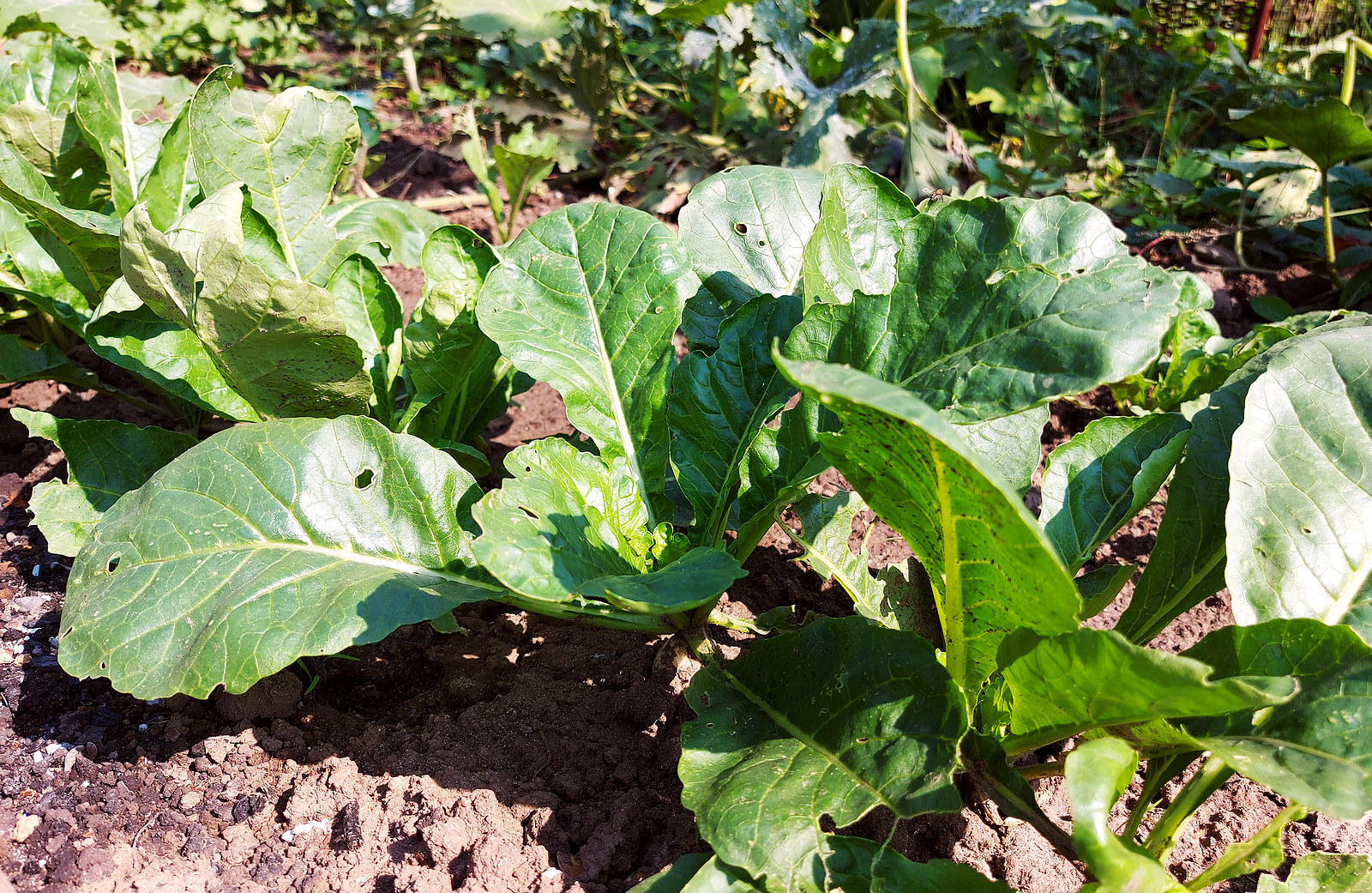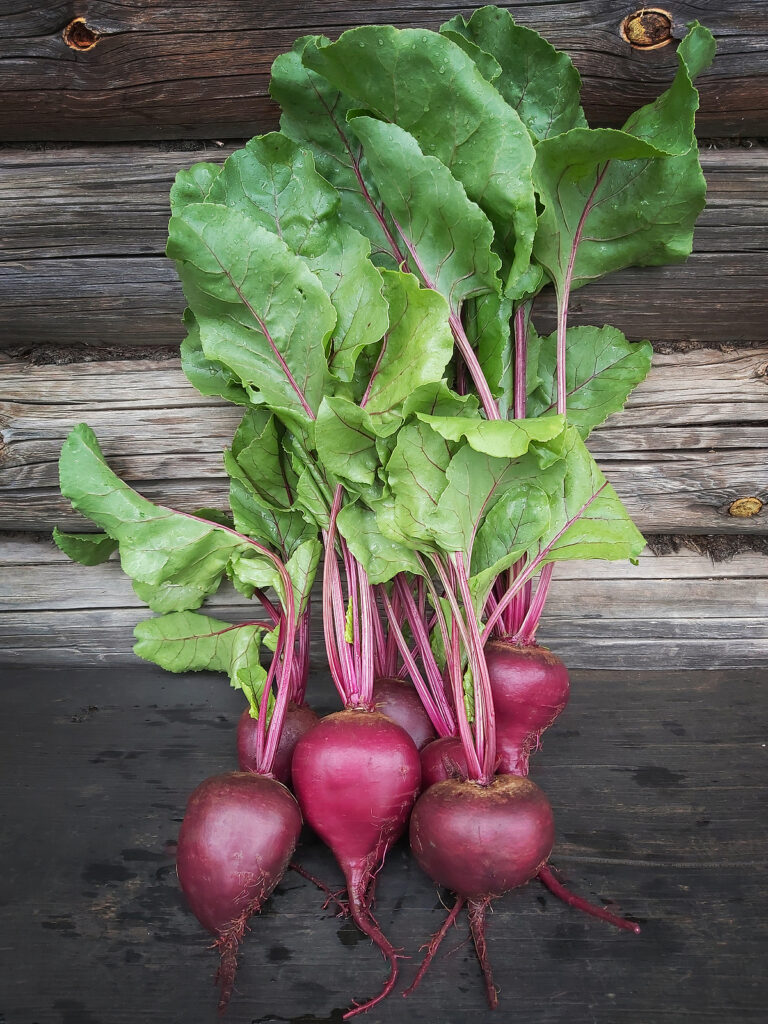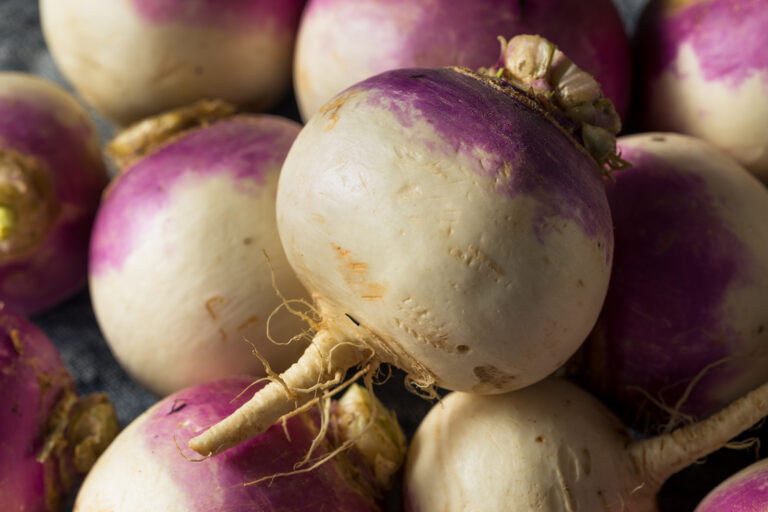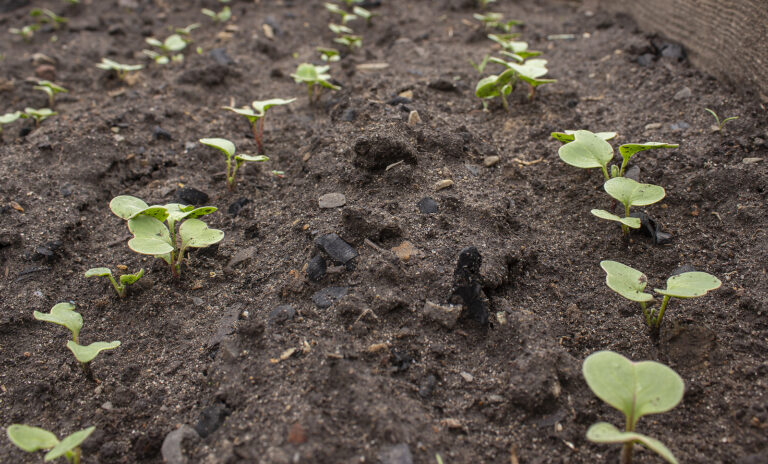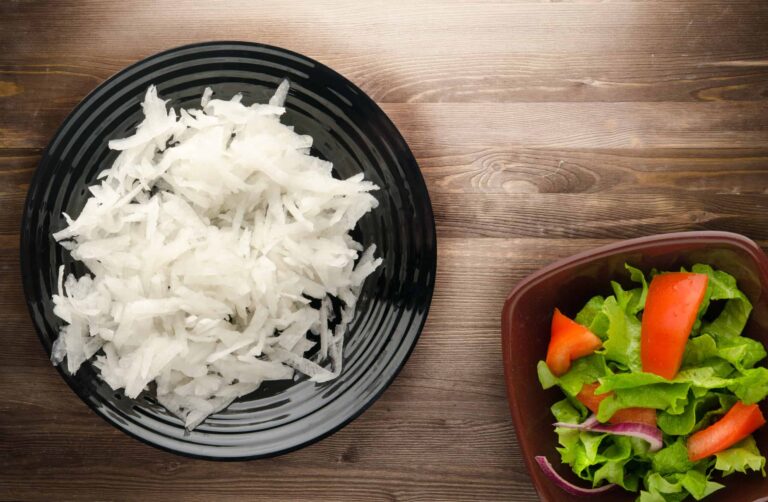How to Grow Turnips in Containers and Raised Beds
Turnips are versatile, fast-growing root vegetables that thrive in both containers and raised beds, making them perfect for small-space gardening. With the right soil, spacing, and care, you can harvest tender roots and flavorful greens even in limited areas.
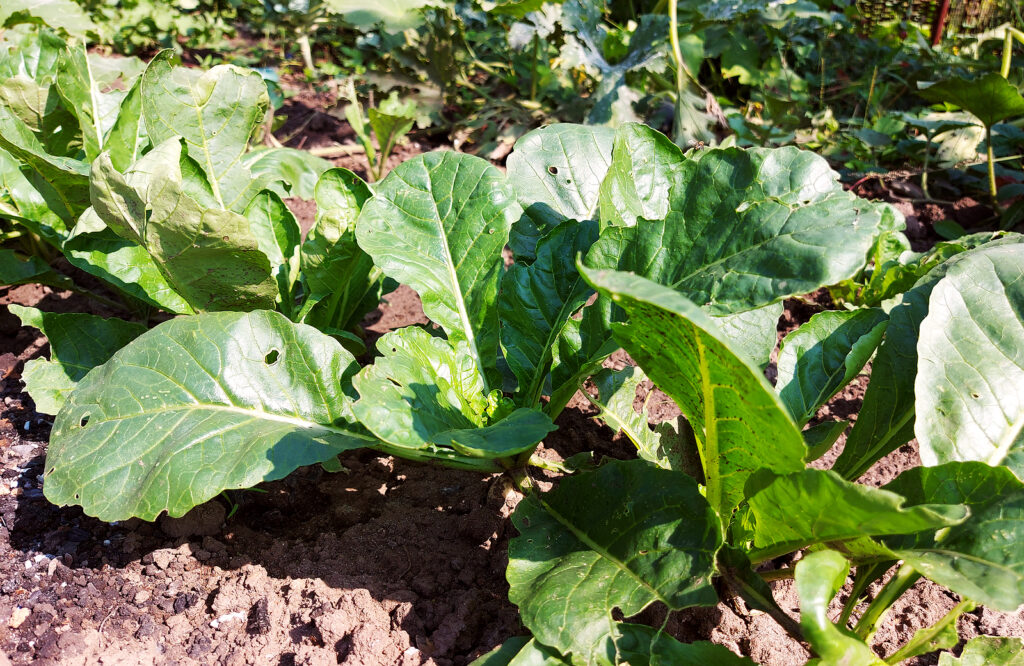
Choosing Containers and Raised Beds
- Containers: Select pots at least 8–10 inches deep with good drainage. Larger containers allow multiple plants.
- Raised Beds: Ensure beds are at least 12 inches deep with loose, well-draining soil. Raised beds warm up faster, extending the growing season.
Soil Preparation
Use a fertile, well-draining mix rich in organic matter. Blend potting soil with compost and a bit of coarse sand for good aeration.
Planting and Spacing
- Sow seeds about ½ inch deep.
- Space seeds 2–3 inches apart, thinning to 4 inches for larger roots.
- In containers, avoid overcrowding to prevent small, misshapen turnips.
Care Tips
- Keep soil consistently moist but not waterlogged.
- Fertilize lightly with balanced organic fertilizer.
- Provide full sun for best growth and flavor.
- Mulch raised beds to retain moisture and regulate soil temperature.
Harvesting
Turnips mature in 40–60 days. Harvest when roots reach 2–3 inches diameter for best flavor and texture.
My Experience
I’ve successfully grown turnips in both containers and raised beds for years—consistent moisture and good soil structure are the keys to crisp roots and lush greens.
Container Size and Soil Mix Guide for Turnips
Container Size Recommendations
- Individual Plants: Use containers at least 8–10 inches deep and 8 inches wide per plant to allow proper root development.
- Multiple Plants: Choose larger containers or window boxes that are 12–18 inches deep and 12+ inches wide to grow several turnips together with proper spacing.
Soil Mix Recommendations
- Base: Use high-quality potting soil designed for vegetables or herbs.
- Amendments: Mix in 25–30% well-rotted compost to provide nutrients and improve moisture retention.
- Aeration: Add 10–15% coarse sand or perlite to improve drainage and prevent soil compaction.
- pH: Turnips prefer slightly acidic to neutral soil (pH 6.0–7.0); adjust with lime or sulfur if needed.
Tips for Best Results
- Fill containers leaving 1–2 inches from the rim for watering space.
- Avoid heavy garden soil, which compacts and restricts root growth.
- Keep soil moist but not soggy—good drainage is essential to prevent root rot.
Turnip Growing Hub
🥗 Start here: The Ultimate Turnip Growing Guide: From Seed to Harvest
🌱 Planting & Timing
- When to Plant Turnips for Spring, Fall, and Winter Harvests
– Answers “when do I plant turnips?” with zone-based timing. - Turnip Seed Starting Tips
- Succession Planting Turnips for a Continuous Harvest
– Explains timing and spacing strategies to keep the harvest going. - How to Grow Turnips in Containers and Raised Beds
– Great for small-space and urban gardeners. Include container size and spacing details. - How to Space and Thin Turnips for Full Roots
– Many gardeners fail to thin properly. This solves a common issue.
🌿 Care & Maintenance
- How Much Water Do Turnips Need? A Watering Guide
– Helps answer “why are my turnips woody or bitter?” - How to Fertilize Turnips for Tender Roots and Tasty Greens
– A common struggle: too much leaf growth, small roots. - Best Companion Plants for Turnips (And What to Avoid)
– Evergreen content with strong search and Pinterest appeal. - How to Grow Turnips in Hot Weather or Warm Climates
– Address bolting, bitterness, and timing challenges in Zones 8–10.
🐛 Pests, Diseases & Troubleshooting
–Flea beetles, aphids, damping off, white rust Includes IPM methods
- Why Are My Turnips All Tops and No Roots? What Went Wrong
– Diagnostic article that answers a frequently asked gardener problem. - How to Prevent Woody Turnips and Improve Texture and Flavor
– Addresses late harvest, heat, and drought issues.
🧺 Harvest, Storage & Kitchen Use
- How and When to Harvest Turnips for Best Texture
– Cover baby turnips, mature roots, and leafy greens. - How to Harvest and Store Turnips
– Answers “how long do turnips last?” and “can you store turnips in sand?” - Freezing and Preserving Turnips: A Beginner’s Guide
– Popular in late fall/early winter, great for preserving guides. - Eight Ways to Cook and Serve Turnips: Roots, Greens, and Recipe Ideas
– Kitchen-friendly post that links to growing and harvesting. - How to Use Turnip Greens in the Kitchen
– Zero-waste kitchen content that connects gardeners and cooks.
🌾 Varieties & Seed Saving
- Best Turnip Varieties for Flavor, Size, and Growing Time
– Compare fast-maturing, heirloom, and dual-purpose types. - Turnip Varieties for Mild Climates and Short Seasons
– Useful for Zones 8–10 and gardeners with short falls.

